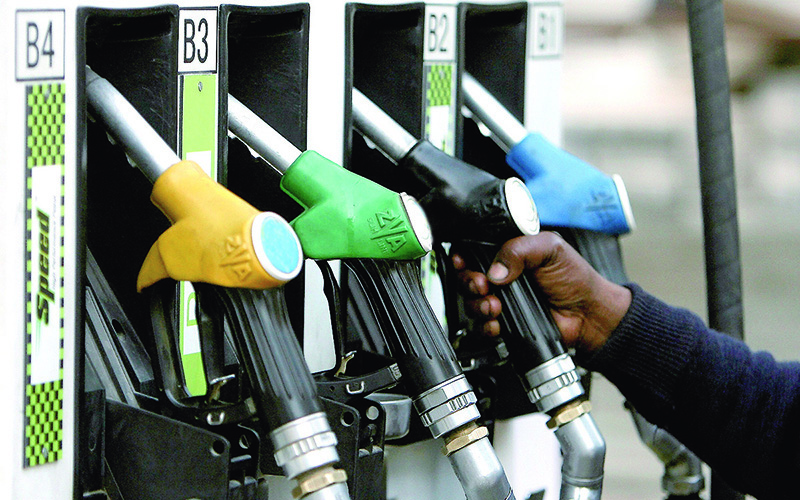

Fuel prices for January 1 has been announced by the Ministry of Oil and Gas in Oman. The M95 will cost 213, M91 to cost 199z and Diesel to cost 230bz.
Also read
The M91 fuel, which is the cheapest of the petrol available in the market, is suitable for most passenger vehicles that run on Omani roads today.
Even the popular SUVs can run on M91 fuel as per details on the Orpic website under the category ‘Know your fuel.’
The information is crucial as still a large number of motorists in continue to use the M95 fuel, assuming that it is of the superior quality and a must for vehicles with better horsepower.
According to an automobile technical consultant associated with an auto dealership, ordinary cars do not need high octane as it is the case with some premium or sports vehicles. He said there are mechanisms for the users to find out what suits or is needed for their type of car, including the manual provided by the car manufacturers.
According to National Subsidy System, that M91 should work well with more than 80 per cent of cars registered in Oman.
The National Centre for Statistics and Information (NCSI) report points to the fact that domestic sales of M91 fuel has increased by nearly 30 per cent in the first ten months of 2017, compared to the same period last year.
Following a cabinet decision in April this year, the prices for M91 fuel has been fixed at 186bz and will be offered at 180bz from January for citizens who are eligible for the national subsidy scheme.
Sales of M95 fuel has decreased by 17 per cent in the first ten months of 2017, compared to the same period last year, which has been the trend over the past two years.
According to Orpic, driving styles such as sudden acceleration or braking movements, taking severe curves, and constant change of speed, increases fuel consumption by around 25 per cent. Alternatively, driving at a lower speed reduces fuel consumption by around 19 per cent.
It calls for removal of unnecessary luggage as it may lead to an increase in fuel consumption. For instance, every 90kg, there will be an increase in the mileage by 1.6km for every 3.7lt of fuel.
It also adds that exceeding a speed of 120 km per hour on highways will increase the rate of fuel consumption because of air resistance associated with excess speed that leads to an increase in the amount of consumed fuel.
Opric said short distances are the archenemy of engines as they do not allow the temperature of the engine to rise to the required levels and therefore consume a larger amount of fuel.
Oman Observer is now on the WhatsApp channel. Click here



